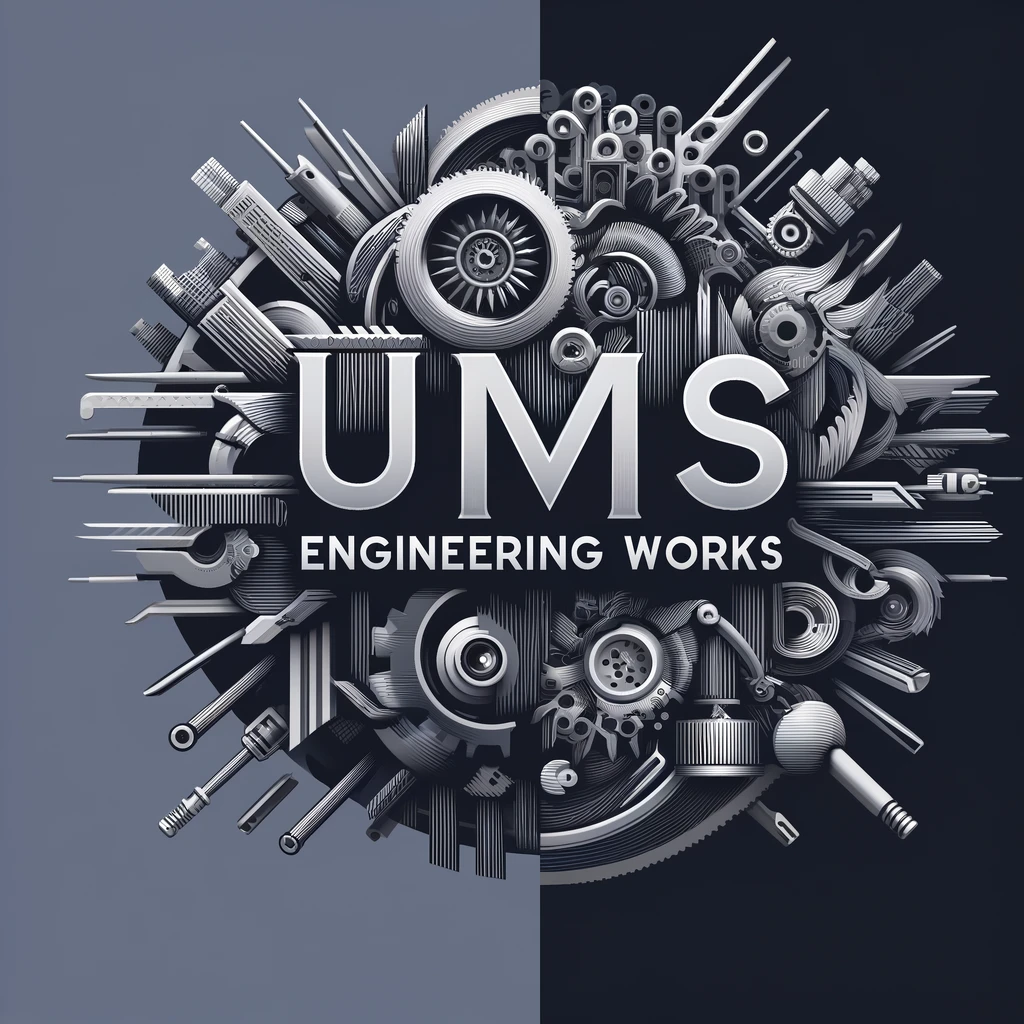As industries around the world shift toward sustainability, green steel has emerged as a revolutionary innovation in metal fabrication and steel component manufacturing. Traditional steel production is one of the largest contributors to carbon emissions, but green steel offers an eco-friendly alternative. In this blog, we explore what green steel is, how it is produced, and why it is a game changer in the global steel industry.
1. What is Green Steel?
Green steel refers to steel produced using low-carbon or zero-carbon methods, significantly reducing greenhouse gas emissions. Unlike traditional steel production, which relies on coal-based blast furnaces, green steel production utilizes renewable energy sources and innovative technologies to minimize its environmental impact.
2. How is Green Steel Produced?
Hydrogen-Based Reduction
- Traditional steel production uses coke (a coal-derived product) to remove oxygen from iron ore.
- Green steel manufacturers replace coke with hydrogen, which, when used as a reducing agent, emits only water vapor instead of CO₂.
Electric Arc Furnaces (EAF) and Renewable Energy
- Electric Arc Furnaces (EAF) use electricity instead of fossil fuels to melt recycled steel scrap.
- When powered by solar, wind, or hydropower, EAF technology makes steel production nearly carbon-free.
Carbon Capture and Storage (CCS) Technology
- Some green steel manufacturers integrate CCS technology to capture and store CO₂ emissions from traditional steelmaking.
- This reduces carbon emissions significantly while maintaining existing production methods.
3. Why is Green Steel a Game Changer?
Lower Carbon Footprint
- The steel industry accounts for 8% of global CO₂ emissions. Green steel can cut emissions by up to 95%, making it a crucial step toward sustainability.
Meeting Global Sustainability Goals
- Many industries, including automotive, construction, and aerospace, are demanding sustainable materials to align with the UN Sustainable Development Goals (SDGs).
- Companies using custom steel components made from green steel can enhance their eco-friendly credentials.
Economic and Regulatory Benefits
- Governments worldwide are implementing carbon taxes and stricter emissions regulations.
- Companies that invest in green steel early can benefit from tax incentives and avoid future penalties.
Future-Ready Manufacturing
- CNC machining, precision machining, and steel fabrication will evolve to accommodate green steel processing.
- Green steel allows manufacturers to create custom steel components while maintaining high-quality standards.
4. The Future of Green Steel in the Global Steel Industry
Growing Investments
- Leading steel manufacturers are investing in hydrogen-based steel plants.
- Governments are funding research into low-carbon metal fabrication technologies.
Market Demand for Sustainable Steel
- Major automotive and construction companies are prioritizing green steel to meet corporate sustainability goals.
- Consumers are increasingly choosing eco-friendly products, pushing industries toward sustainable material sourcing.
Scalability and Cost Considerations
- While green steel production is currently more expensive than traditional methods, advances in technology and increased adoption will drive costs down.
- As demand rises, economies of scale will make green steel a cost-effective alternative.
Conclusion
Green steel is set to transform the metal fabrication industry by reducing carbon emissions, meeting regulatory requirements, and fulfilling sustainability commitments. As a leader in steel component manufacturing, investing in precision machining, CNC machining, and custom steel components made from green steel will help businesses stay competitive in the evolving global steel industry.
At UMS Engineering Works, we are committed to adopting sustainable steel fabrication practices. Contact us to learn more about how green steel solutions can benefit your business.
Stay Updated with UMS Engineering Works
Follow us for the latest insights into sustainable steel manufacturing and industry innovations!

I am extremely inspired along with your writing talents as neatly as with the format on your weblog. Is this a paid theme or did you customize it your self? Anyway keep up the excellent quality writing, it’s uncommon to look a nice blog like this one today!